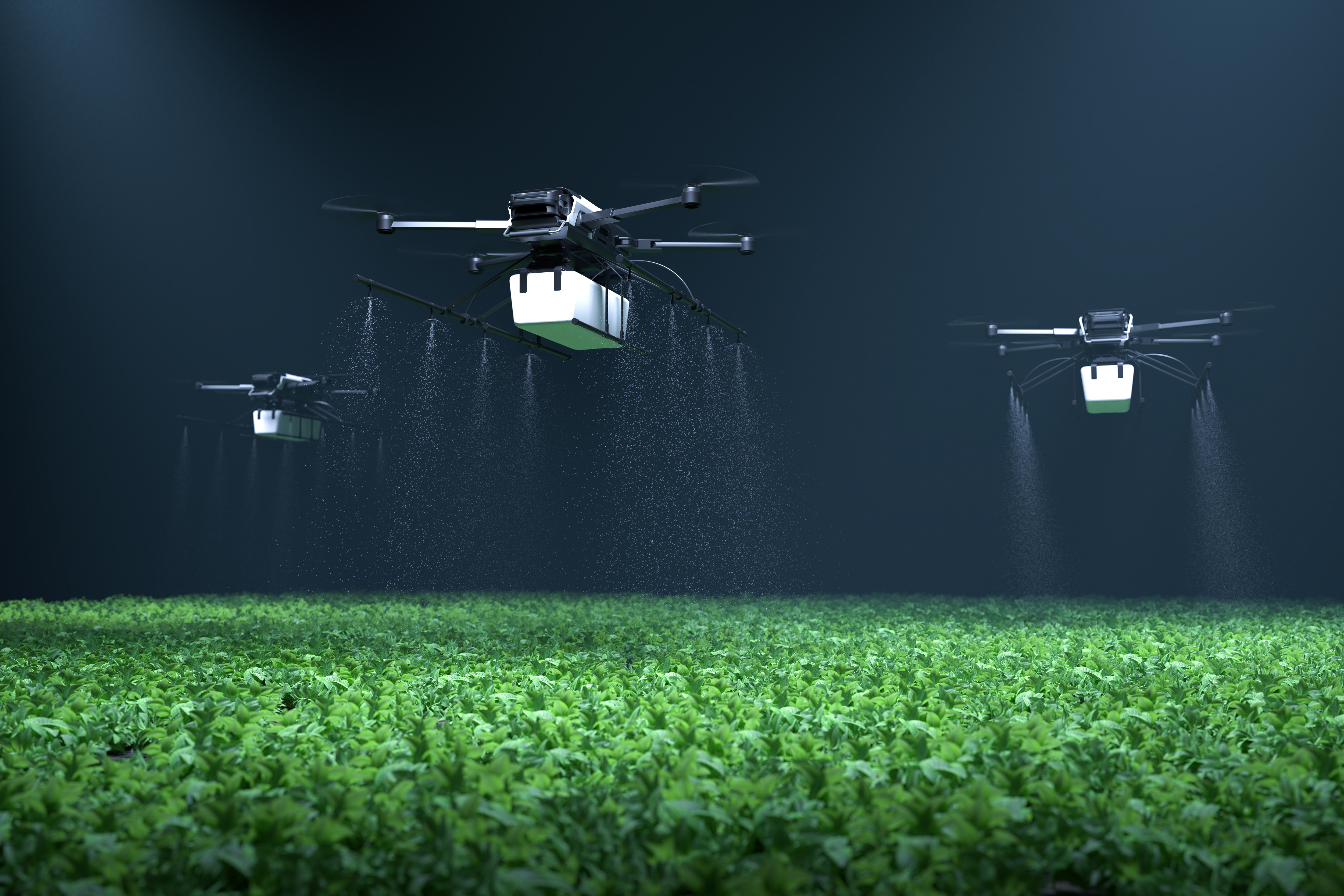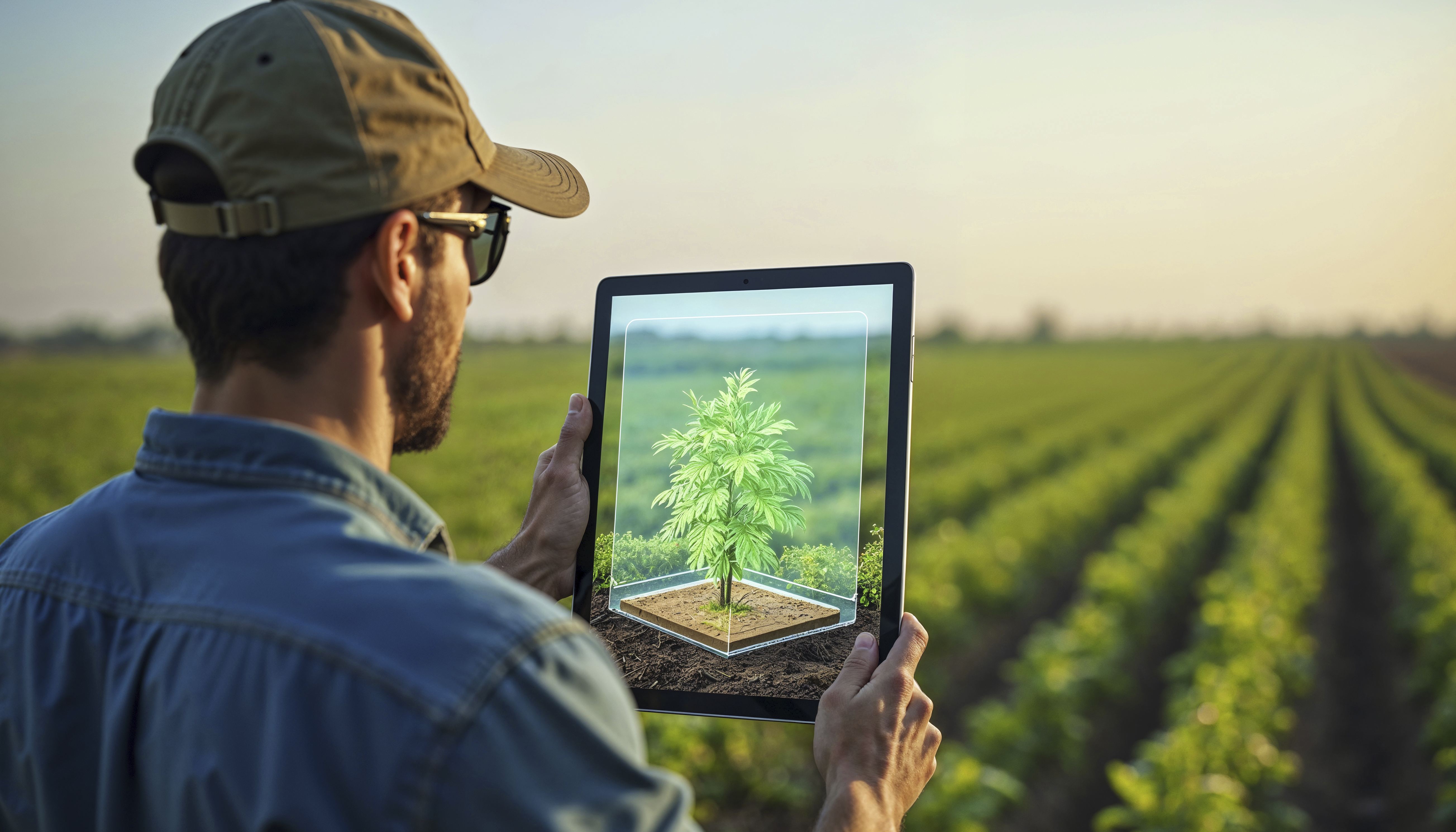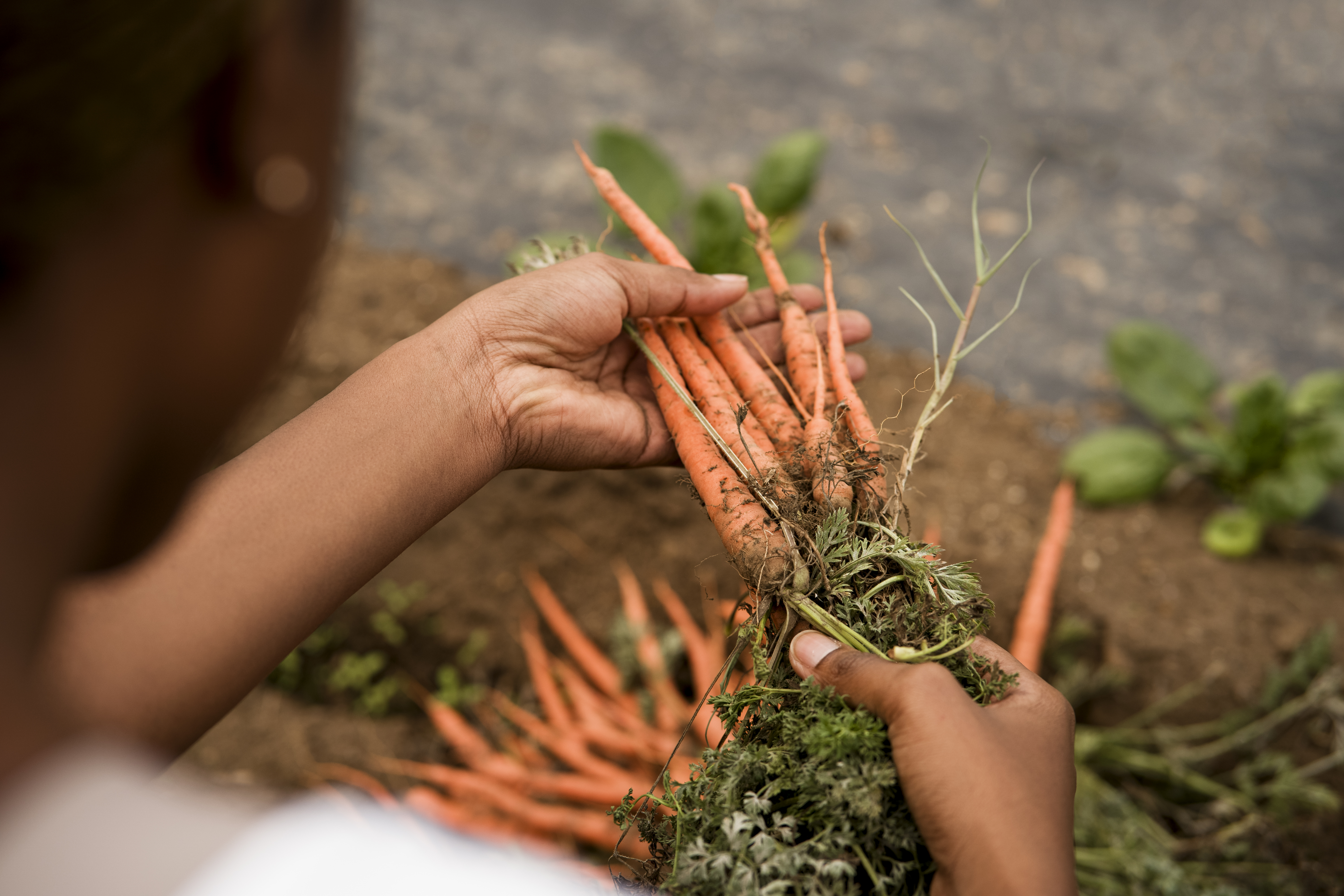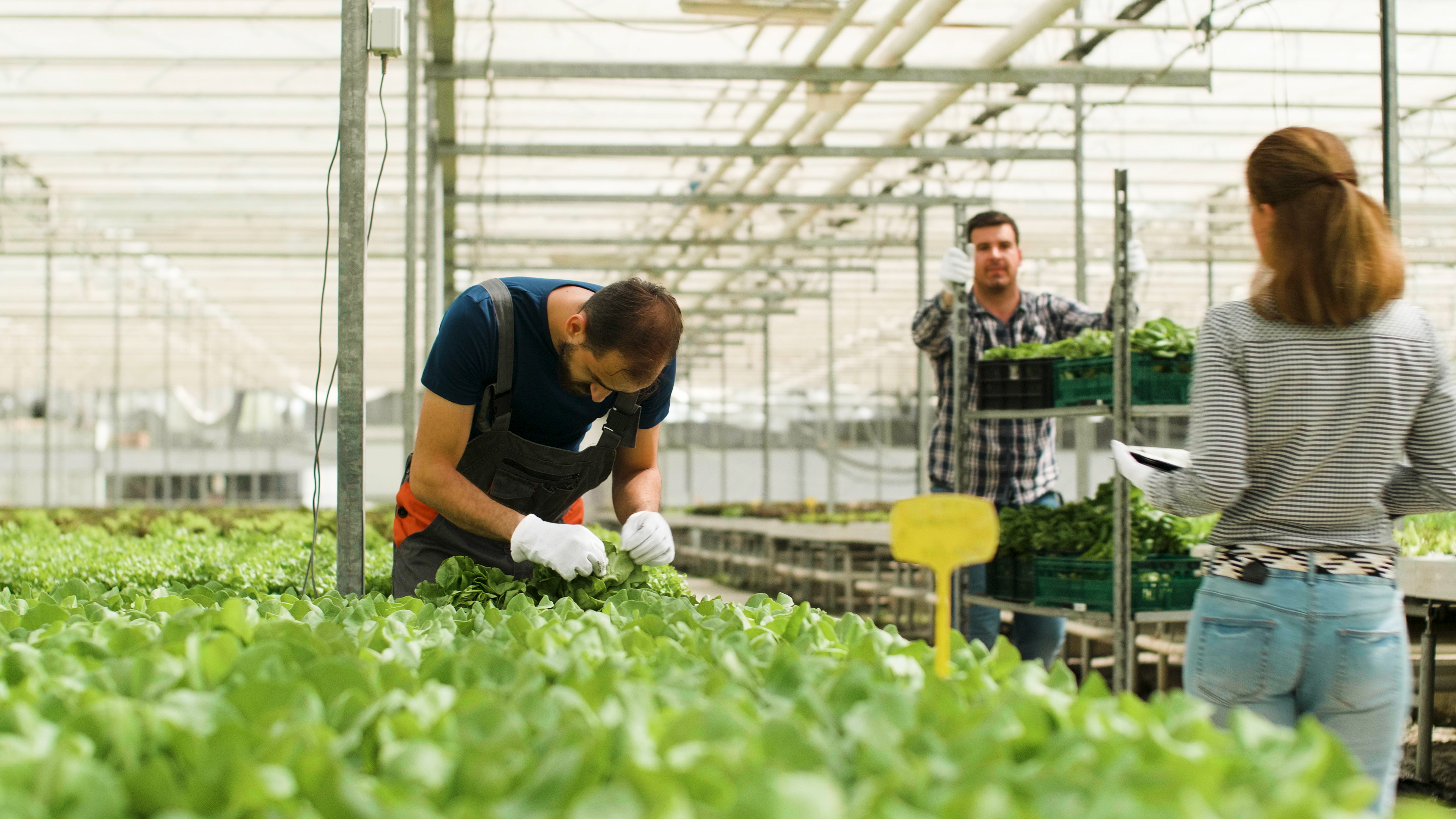The Rise of AI in Agriculture: How Smart Farming is Reshaping Global Food Production
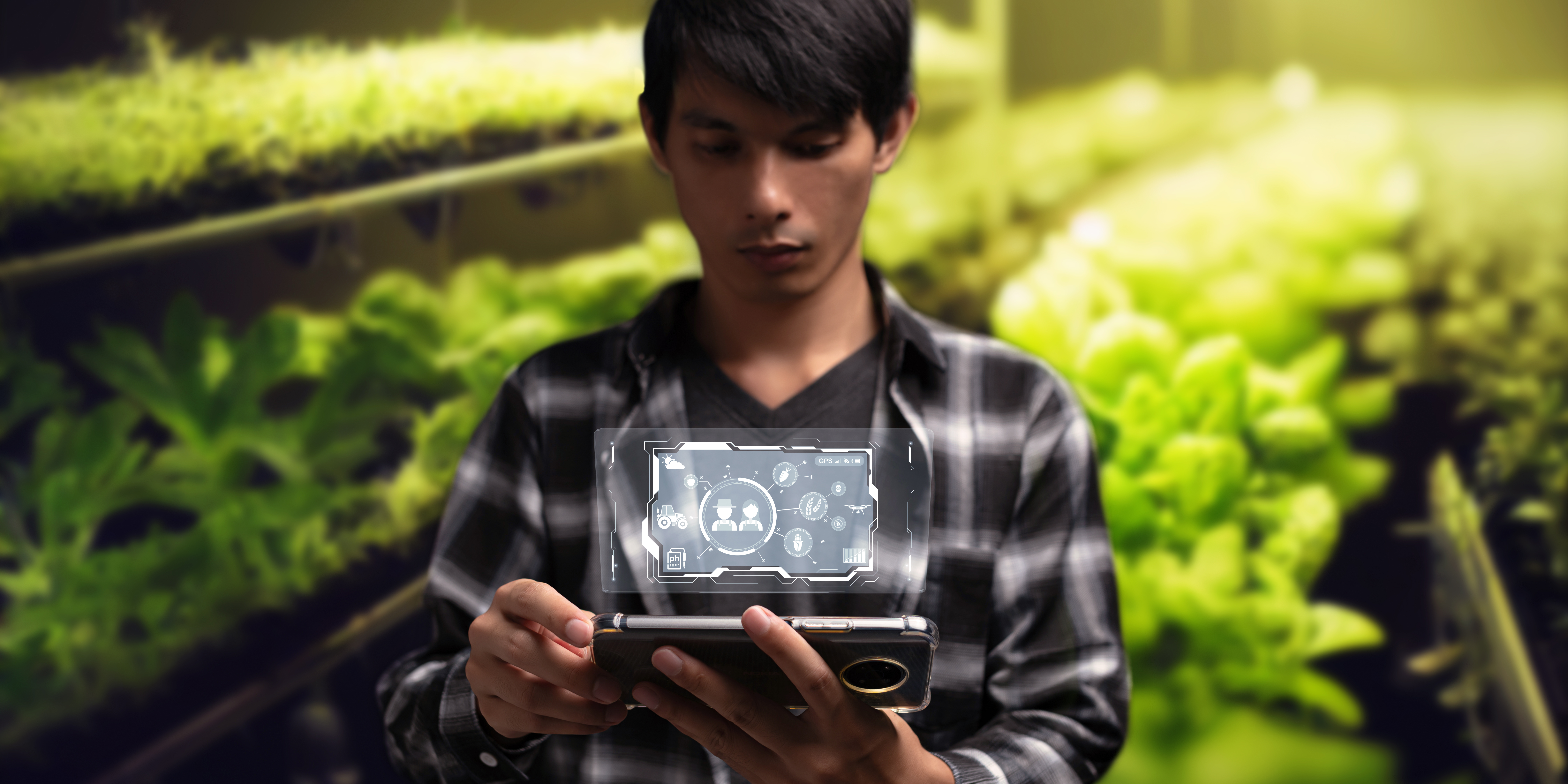
The agricultural industry is undergoing a crisis which, on the other hand, is being challenged by the growth of artificial intelligence (AI). Spanning up to today, the expression "intelligent agriculture" becomes more and more known and encompasses many technologies and practices that seek to increase the output and sustainability of agriculture. In this blog, we’ll focus on the ways in which artificial intelligence drives changes in the way food is produced worldwide, the benefits that accrue to farmers, and how food production will look in the future.
Generally speaking, intelligent agriculture is applying artificial intelligence in order to create the best conditions for the construction of a variety of processes. Be it the monitoring of crops and soils, predictive analytics, or automated machinery, AI technologies are set to make agriculture more efficient and responsive to ever changing market conditions. As a result, it not only aids farmers in ensuring maximum crops in their farms but also helps the world in combating the effects of climate change, growth of population and the depletion of resources.
A highly discussed application of artificial intelligence in agricultural farming is precision farming. Precision farming uses AI technologies such as sensors, and drones to gather data on crops, and soil, among other things. These data are then evaluated by the machine learning algorithms to analyze certain aspects which were impossible to do before. For example, farmers are able to approximate the best time to plant, foretell pest control and even apply fertilizers for a given section in a given field. This precise method minimizes wastage as well as slashes cost and even reduces pollution.
Furthermore, AI is changing the way livestock is handled. Smart sensors, and smartwatches, among other things, make it possible to monitor animals for their health and their behavior. This technology enables farmers to monitor vital statistics manipulate the feeding methods employed to enhance compliance and even detect diseases at the early stages. Incorporating AI tools and technologies into livestock farming enhances the welfare of the animals, and their productivity as well as the profitability of the livestock farmer. The effects are of great importance especially in the current era whereby food availability is becoming a pressing issue.
The application of Artificial Intelligence in agriculture is supplemented by AI-driven strategies, particularly in marketing. Through AI, farmers can market their products better as AI will be used to observe trends in the market and the demand by consumers. This both guarantees that they are able to grow the appropriate crops at the appropriate time and decreases food loss, which is an important challenge in food systems worldwide. Furthermore, AI can also help streamline transportation by anticipating the most effective paths for transporting items, which helps to prevent congestion.
As we look into further advantages of AI using in agriculture, we have to consider the importance of data. The effective application of AI depends quite a lot on data gathering and data trawling. Farmers are increasingly adopting cloud-based systems that enable data storage and exchange. In combining ideas and resources, they can exploit available information for greater benefit and therefore, enhance creativity and performance in the practices of the industry.
There are, however, some challenges that beg attention with regard to the growing use of AI in agriculture. Issues such as data security, the technological divide and the possibility of job cuts remain important and should be addressed. In any case, farmers particularly in third world countries will be limited by the infrastructure and knowledge of how to implement such technologies. There is therefore a risk that such AI solutions may drive inequality in the agricultural space instead of rectifying it.
The near future of smart farming, however, looks bright. There can be said to be a downward pressure on agricultural practices at the hands of AI economy as future applications of this economy are expected to be more sophisticated. For example, the development of robotics is leading to the emergence of machines capable of performing planting, harvesting or even weeding without much active participation of people. By doing this, not only does the productivity go up, but it also resolves the issue of labor shortages that several farmers are already experiencing.
Overall, I would say that AI’s growing role in agriculture signifies a revolution in food production globally. AI is changing the face of agriculture in precision farming, livestock breeding and supply of goods. Yes, there are hurdles to overcome. However, these issues are less daunting than the enormous and potential benefits. As we adopt this technological advancement, it is vital to strike a balance between addressing farmers and communities apprehensions about technology adoption and promotion of innovation. The future of food production is already here thanks to AI.
